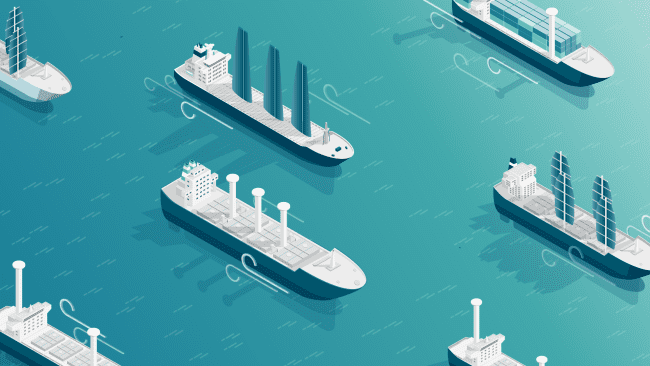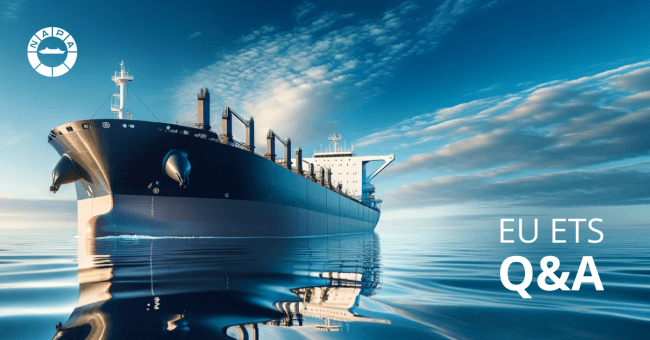Making weather-routed voyage planner openly available
by Pekka Pakkanen, Director, Development, NAPA Shipping Solutions
NAPA and MarineTraffic partner to deliver a Voyage Planner offering accurate, algorithm-driven Weather Routing
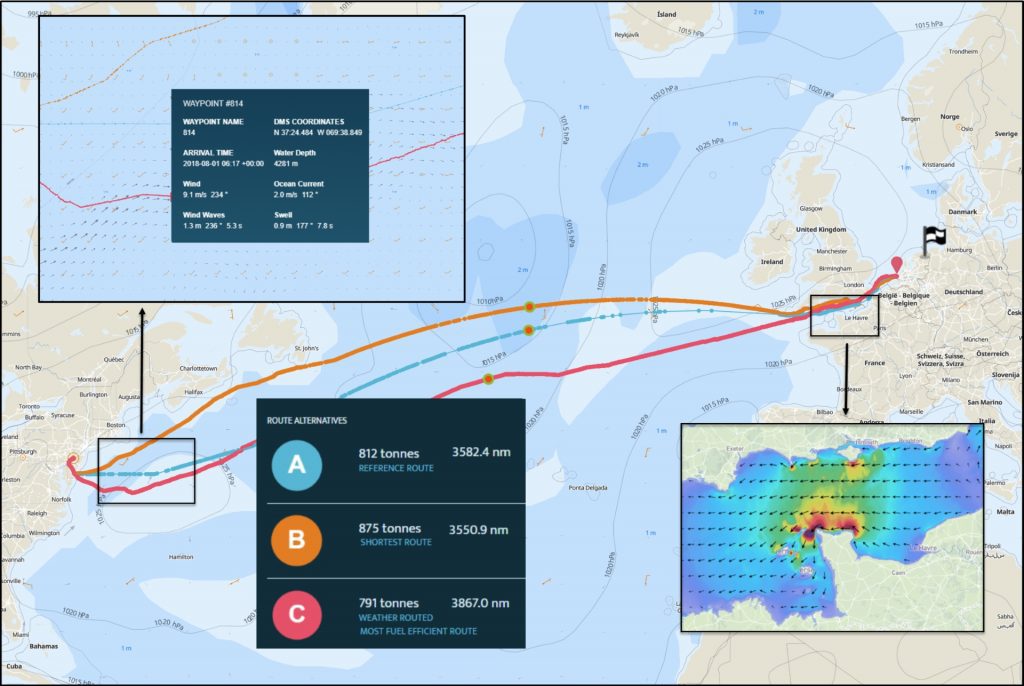
Two months ago MarineTraffic signed an MOU with NAPA, the global maritime software, services, and data analysis provider to work together to create a voyage planner with a cloud-based Weather Routing solution. This new offering will give all MarineTraffic users access to the most reliable algorithmically generated weather routes customised for their vessels and destinations.
The product, currently under development, will combine the usability and scalability of the existing MarineTraffic platform, with the specialist route optimisation and data analytics expertise of NAPA.
Many weather routing services currently available in the market involve weather routing by specially trained individuals analysing weather forecasts, trends and applying knowledge of how vessels behave. This is a time- and cost-intensive way of performing weather routed voyage planning.
NAPA has been delivering accurate, reliable algorithm-generated weather routing and voyage optimisation services to its onboard ship performance monitoring customers for more than a decade. Now it is working with MarineTraffic to bring this proven service to a wider audience. This enables a new level of access to the fuel- and time-saving potential of voyage execution optimisation for all stakeholders and for all voyages.
Excellent weather routing starts with a good and reliable weather forecast. But more than that, it’s important to know how the vessel will behave in the weather conditions predicted when calculating a route. This is vital, as it’s not just how “a ship” behaves, but understanding how a ship of that shape, size and type behaves, and how that behaviour affects fuel-efficiency and performance. A VLCC on its ballast leg will react differently to swell from a certain angle than a fully laden mid-sized Ro-Ro.
That’s where NAPA’s more than 30 years history of naval architecture experience and hydrodynamics expertise come in. Over several years, NAPA, in partnership with ClassNK, has developed ship-specific performance models that learn how ships behave in operation. These are based on the 3D vessel model and other design data incorporated with public information and NAPA’s know-how from NAPA for Design, which is globally used in shipyards covering 95% of newbuilds, and partially on incoming data via the internet of things (IoT) from more than 300 operating vessels of various ship types installed with NAPA Performance Monitoring. The combination of this gives accurate understanding of the hull, hydrodynamics, and stability of a huge range of vessel types and sizes, also allowing algorithm outcomes to be verified against real world data. This validation is then fed-back into the system in a virtuous circle so that it learns to be more accurate through real-world data.
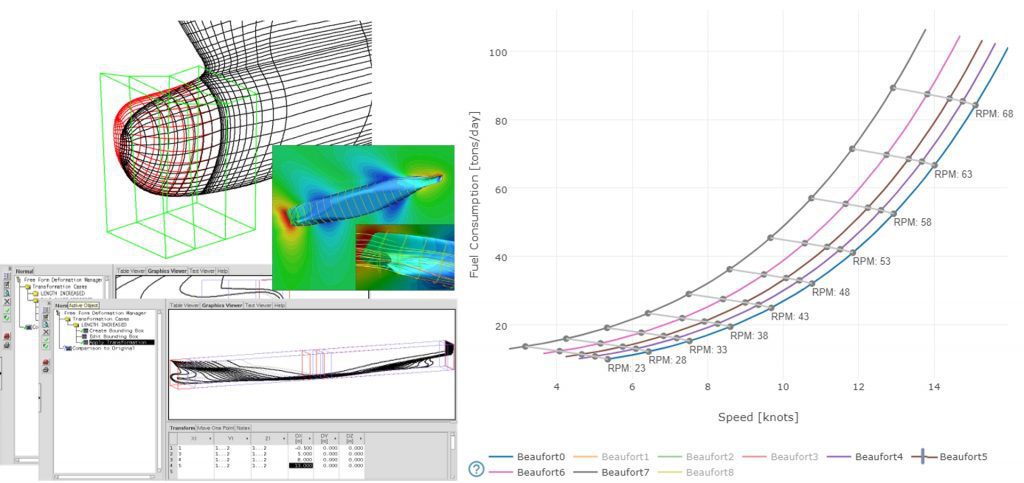
This unique combination of design accuracy, stability understanding, and real-world validation means NAPA algorithms can make the most reliable predictions about how ships behave in predicted weather patterns and ocean conditions. Combined with the outstanding MarineTraffic real-time and analysed database of vessel route information, NAPA and MarineTraffic will be able to provide a cost-effective and reliable weather routing system and voyage planner in the cloud. Making it easy to access, simply visualised, usable, and easy to re-route if plans change or timelines extend.
The eastbound Atlantic voyage shown below departs 1 August 2018. The weather is as calm as the Atlantic can be, but still a vessel can achieve a 2.5% efficiency improvement compared to the reference route (a real voyage on a similar vessel during same time of year) and almost 10% compared to the shortest route. This means thousands of dollars of savings can be made, just by taking advantage of the Gulf Stream and tail winds in the beginning and avoiding some waves in the middle part of the voyage. A larger savings potential is naturally available during harsh weather.
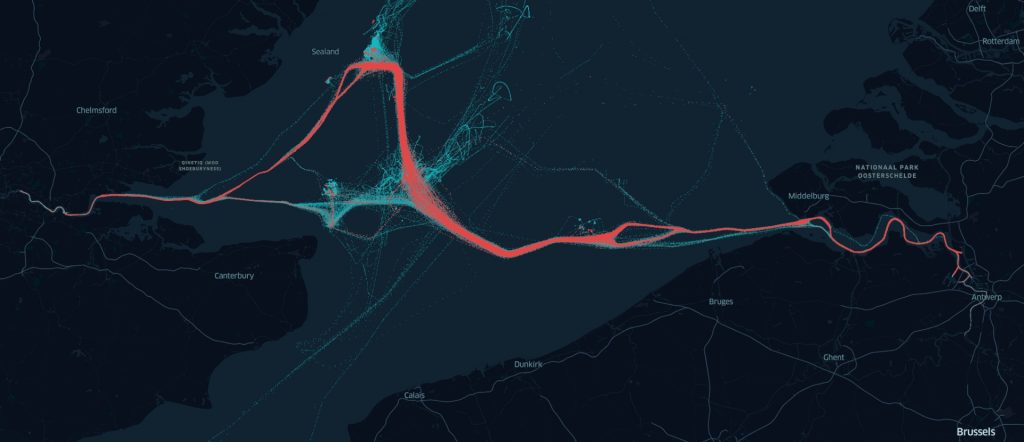
However, an effective route is not just about the ship and the weather – it has to be safely navigable for the intended ship’s size and draught above everything else. The most efficient weather route prediction in the world loses value if the crew has to use too much time for correcting the passage plan in ECDIS. That’s why in addition to official guidelines, mining publicly available data on vessel sizes and their routes is an essential part of the algorithm. The image below shows mined AIS data north of the Dover Straight. All ship activity is shown in blue, while any of the areas indicated in red between the ports of Tilbury and Antwerp shows the route alternatives that have been safely navigated by a ship of the required size or larger. This helps weather routing to suggest a voyage plan only in established navigable areas.
In addition to safe and efficient routes, utilising the benefits of positive weather systems, or avoiding harsh conditions, we believe the most notable benefits to operators and cargo-owners alike will come from the increased ability to plan voyages which arrive just in time. Waiting time at ports is calculated to cost the industry 18 billion USD per year. Optimising speed profiles to avoid this “Rush to Wait” phenomenon could help reduce this figure significantly. However, tackling this problem needs, in addition to accurate, reliable and accessible IT solutions, strong cooperation between shipping stakeholders and an open mind for changing the operational processes. This partnership aims to bring the first part of that voyage planning equation within the reach of the majority of owners, operators and charterers.
NAPA already has a longstanding and trusted partnership with Tidetech for environmental forecast data. They have a unique level of tidal current predictions, excellent prediction accuracy and have allowed proven weather routing results for onboard performance optimisation customers. However, the development and accuracy of the solution will not stop at launch. To enhance the timeframe and reliability of results NAPA is also implementing climatology based algorithmic models to enable weather routing beyond the period that weather forecasting is available for.
The NAPA – MarineTraffic partnership is ongoing, and development is well underway with promising results so far. We look forward to announcing the launch of this revolutionary new product in due course.
This blog was originally published in LinkedIn on August 13, 2018
